the faculty bookshelf
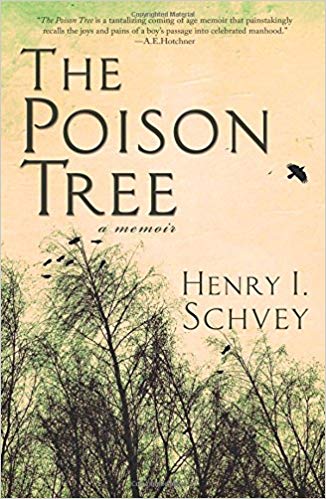
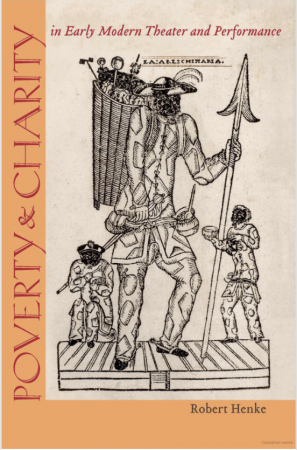
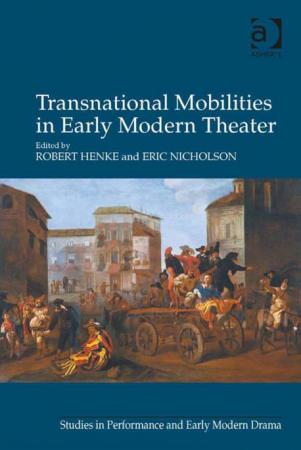
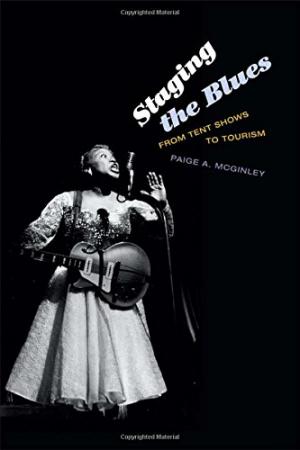

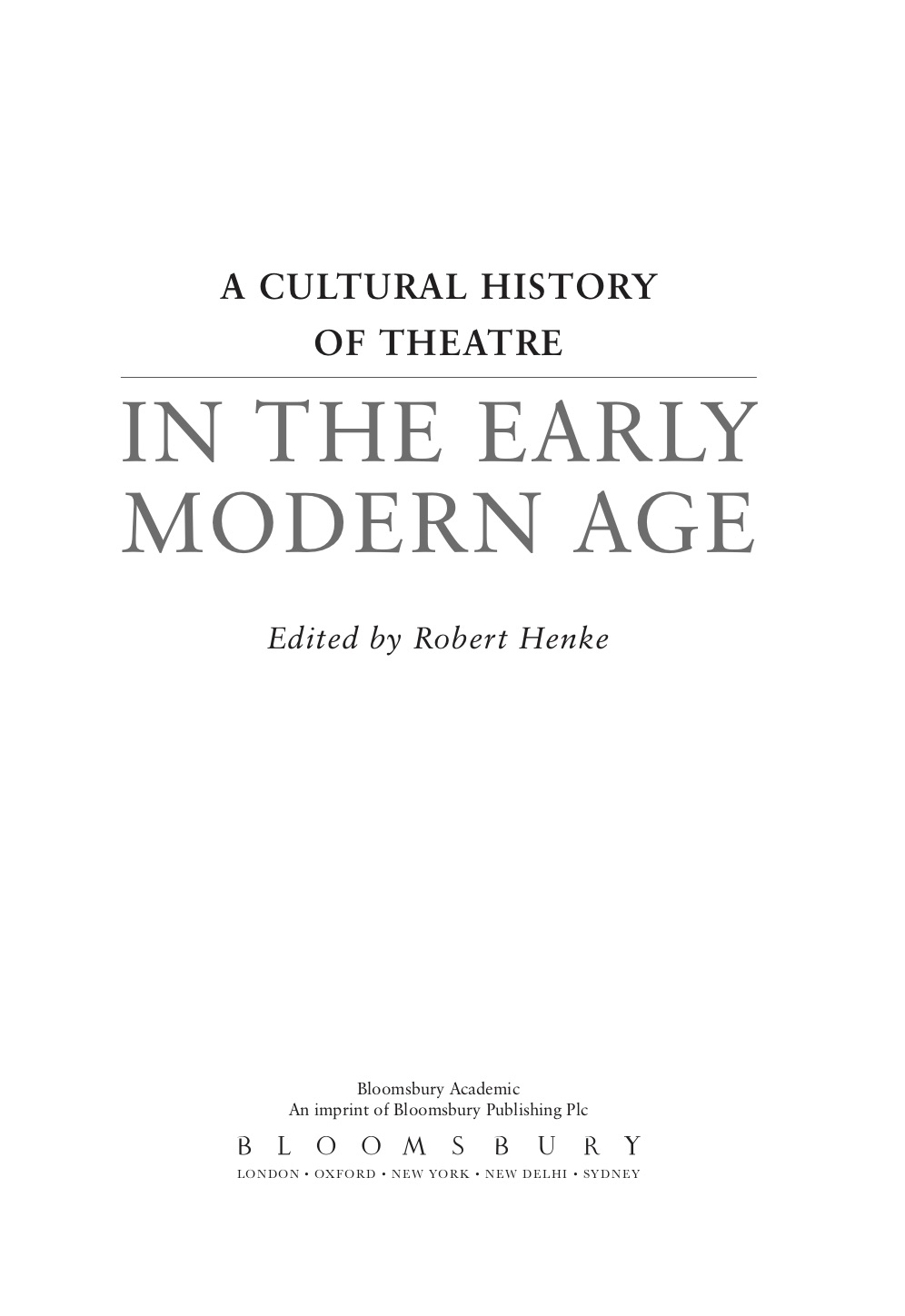
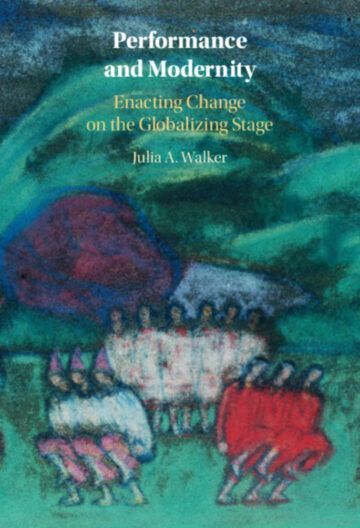
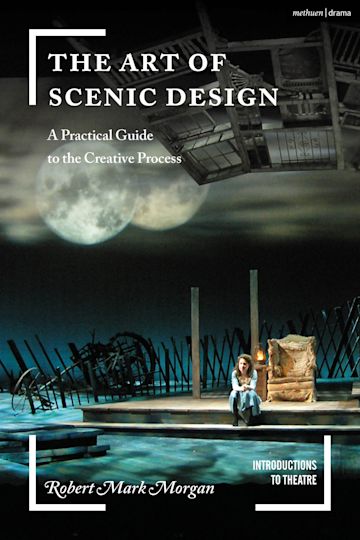
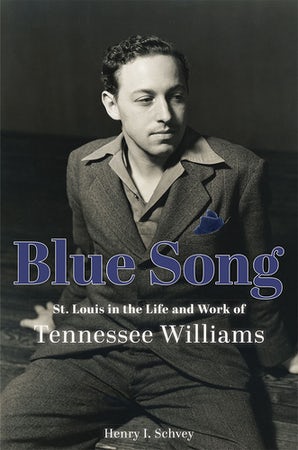
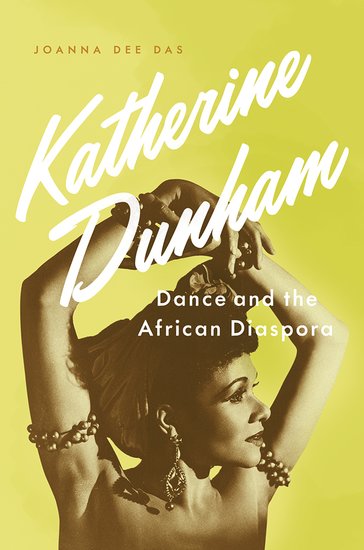
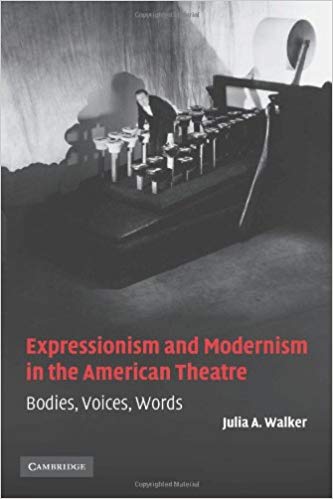
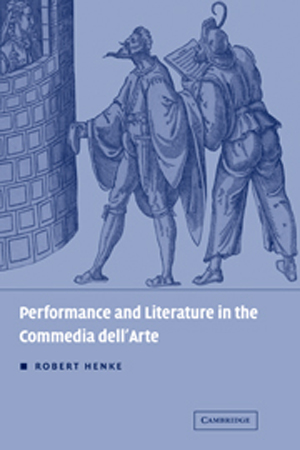













Performance and Modernity Enacting Change on the Globalizing Stage
How do ideas take shape? How do concepts emerge into form? This book argues that they take shape quite literally in the human body, often appearing on stage in new styles of performance. Focusing on the historical period of modernity, Performance and Modernity: Enacting Change on the Globalizing Stage demonstrates how the unforeseen impact of economic, industrial, political, social, and psychological change was registered in bodily metaphors that took shape on stage. In new styles of performance-acting, dance, music, pageantry, avant-garde provocations, film, video and networked media-this book finds fresh evidence for how modernity has been understood and lived, both by stage actors, who, in modelling new habits, gave emerging experiences an epistemological shape, and by their audiences, who, in borrowing the strategies performers enacted, learned to adapt to a modernizing world.
- Offers a resolution to long-standing debates about the “ontology of performance,” proposing that it lies in the shifting material contours of bodies set in motion
- Pioneers an original approach to the study of modernism, focusing on performance as an art form attuned to capturing the experience of 'the new' as one of temporal change
- Reframes theatre history by shifting focus from individual actors to period styles that reflect emerging cultural concerns across broad geographical and historical spectra
The Art of Scenic Design: A Practical Guide to the Creative Process
How do you navigate a career as an entertainment designer while maintaining a sense of self-worth and value in the various off-ramps and sidestreets you may choose to take on the journey? “The Art of Scenic Design: A Practical Guide to the Creative Process” provides an in-depth look at the scenic design process for young designers as well as creative entrepreneurs seeking to nurture a collaborative environment that leads to rediscovery and innovation in their work.
Based on his 30 years of experience in stage design, exhibit design, art direction for film, and theme park and industrial design, Robert Mark Morgan demonstrates that while a design process for creating these types of works can seem like niche professions, the lessons learned in collaboration, testing and re-testing ideas, prototyping concepts, overcoming fears, venturing guesses, divergent thinking, and the creative process in general are applicable – and valuable – in nearly all disciplines and professions both inside and outside of the entertainment industry.
In “The Art of Scenic Design” you will follow an accomplished designer on a narrative of the theatrical design process from early phases of a design with a creative team encompassing visual research, idea-making, and collaborative relationships, to sketching, prototyping, and testing ideas, through to the execution and manifestation of the design with a team of artists and collaborators. The design journey is contextualized with backstage stories of “what if?” moments, provocative discussions, and lessons that are indispensable to your professional development.
Blue Song: St. Louis in the Life and Work of Tennessee Williams
In 2011, the centennial of Tennessee Williams’s birth, events were held around the world honoring America’s greatest playwright. There were festivals, conferences, and exhibitions held in places closely associated with Williams’s life and career—New Orleans held major celebrations, as did New York, Key West, and Provincetown. But absolutely nothing was done to celebrate Williams’s life and extraordinary literary and theatrical career in the place that he lived in longest, and called home longer than any other—St. Louis, Missouri.
The question of this paradox lies at the heart of this book, an attempt not so much to correct the record about Williams’s well-chronicled dislike of the city, but rather to reveal how the city was absolutely indispensable to his formation and development both as a person and artist. Unlike the prevailing scholarly narrative that suggests that Williams discovered himself artistically and sexually in the deep South and New Orleans, Blue Song reveals that Williams remained emotionally tethered to St. Louis for a host of reasons for the rest of his life.
Katherine Dunham Dance and the African Diaspora
Joins perspectives on dance studies, history, women's studies, and Africana studies
Highlights the importance of dance in the African diaspora
Utilizes never-before-seen documents and interviews with Dunham's students, dancers, and colleagues in the United States and Haiti
Expressionism and Modernism in the American Theatre Bodies, Voices, Words
Although often dismissed as a minor offshoot of the better-known German movement, expressionism on the American stage represents a critical phase in the development of American dramatic modernism. Situating expressionism within the context of early twentieth-century American culture, Walker demonstrates how playwrights who wrote in this mode were responding both to new communications technologies and to the perceived threat they posed to the embodied act of meaning. At a time when mute bodies gesticulated on the silver screen, ghostly voices emanated from tin horns, and inked words stamped out the personality of the hand that composed them, expressionist playwrights began to represent these new cultural experiences by disarticulating the theatrical languages of bodies, voices and words. In doing so, they not only innovated a new dramatic form, but redefined playwriting from a theatrical craft to a literary art form, heralding the birth of American dramatic modernism.
Introduces a new aspect to performance theory by identifying three modes of theatrical signification: verbal, vocal and pantomimic 'languages'
Includes an original account of O'Neill's early plays, and considers less well-known dramatists Rice, Lawson and Treadwell
Considers theatrical movements alongside American cultural history
Performance and Literature in the Commedia dell'Arte
The actors of the commedia dell'arte (the sixteenth-century Italian professional theater) usually did not perform from scripted drama. They improvised their performances from a shared plot and thorough knowledge of individual character roles. Robert Henke analyzes commedia dell'arte texts to demonstrate how the spoken word and written literature were combined in performance. Henke examines primary sources including performance accounts, actors' contracts, letters and other documents.
Other studies have concentrated on either the oral or literature aspects of the commedia dell'arte, but have not considered how they might have worked together
Provides close readings of many commedia dell'arte texts: performance accounts, actors' contracts, letters, popular poems, memorials of deceased actors, scenarios, etc., many never before analysed
Supplies detailed historical and cultural contexts for the commedia dell'arte
Oskar Kokoschka: The Painter as Playwright
Oskar Kokoschka: The Painter as Playwright focuses on the visual elements of the stage works, specifically on the use of color, light, and scenic imagery in their dramatic as well as their symbolic function. It pays close attention to the stylistically and thematically related pictorial works and takes account of Kokoschka's illustrations for each of his plays.
The Poison Tree: A Memoir
Growing up in his father’s looming shadow, Henry I. Schvey wondered if he was doomed to repeat the past, doomed to make the same mistakes his father made. Would he succumb to the drive for domination and transform his own world into one colored by fear, domestic violence, infidelity, and spousal abuse? Schvey grew up in New York as his father rose to the pinnacle of success in the Reagan era of dog-eat-dog global finance, eventually becoming Vice-President and Chairman of the Bond Funds Division at Merrill Lynch. But his father’s success was paid for with the currency of intimidation and he wore it with the braggadocio of a man with an outsized ego who didn’t care who he stepped on to get to the top―including his son.
The Poison Tree is a study of Schvey’s relationship to his father, an illumination of the secret life of a man who was powerful, highly respected, and greatly feared, and a journey―both sad and tragicomic―that ultimately leads to forgiveness.
Poverty and Charity in Early Modern Theater and Performance
Whereas previous studies of poverty and early modern theatre have concentrated on England and the criminal rogue, Poverty and Charity in Early Modern Theater and Performance takes a transnational approach, which reveals a greater range of attitudes and charitable practices regarding the poor than state poor laws and rogue books suggest. Close study of German and Latin beggar catalogues, popular songs performed in Italian piazzas, the Paduan actor-playwright Ruzante, the commedia dell’arte in both Italy and France, and Shakespeare demonstrate how early modern theatre and performance could reveal the gap between official policy and actual practices regarding the poor. The actor-based theatre and performance traditions examined in this study, which persistently explore felt connections between the itinerant actor and the vagabond beggar, evoke the poor through complex and variegated forms of imagination, thought, and feeling. Early modern theatre does not simply reflect the social ills of hunger, poverty, and degradation, but works them through the forms of poverty, involving displacement, condensation, exaggeration, projection, fictionalization, and marginalization. As the critical mass of medieval charity was put into question, the beggar-almsgiver encounter became more like a performance. But it was not a performance whose script was prewritten as the inevitable exposure of the dissembling beggar. Just as people’s attitudes toward the poor could rapidly change from skepticism to sympathy during famines and times of acute need, fictions of performance such as Edgar’s dazzling impersonation of a mad beggar in Shakespeare’s King Lear could prompt responses of sympathy and even radical calls for economic redistribution.
Transnational Mobilities in Early Modern Theater
Robert Henke and Eric Nicholson
The essays in this volume investigate English, Italian, Spanish, German, and Czech early modern theater, placing Shakespeare and his English contemporaries in the theatrical contexts of both western and central Europe. Contributors explore the mobility of theatrical units, genres, performance practices, iconographic images, and dramatic texts across geo-linguistic borders in early modern Europe. Combining "distant" and "close" reading, a systemic and structural approach identifies common theatrical units, or "theatergrams" as departure points for specifying the particular translations of theatrical cultures across national boundaries. The essays engage both "dramatic" approaches (e.g. genre, plot, action, and the dramatic text) and "theatrical" perspectives (e.g. costume, the body and gender of the actor). Following recent work in "mobility studies," mobility is examined from both material and symbolic angles, revealing a tension between transnational movement and resistance to border-crossing. Four final essays attend to the practical and theoretical dimensions of theatrical translation and adaptation, and contribute to the book's overall inquiry into the ways in which values, properties, and identities are lost, transformed, or gained in movement across geo-linguistic borders.
Staging the Blues: From Tent Shows to Tourism
Singing was just one element of blues performance in the early twentieth century. Ma Rainey, Bessie Smith, and other classic blues singers also tapped, joked, and flaunted extravagant costumes on tent show and black vaudeville stages. The press even described these women as "actresses" long before they achieved worldwide fame for their musical recordings. In Staging the Blues, Paige A. McGinley shows that even though folklorists, record producers, and festival promoters set the theatricality of early blues aside in favor of notions of authenticity, it remained creatively vibrant throughout the twentieth century. Highlighting performances by Rainey, Smith, Lead Belly, Sister Rosetta Tharpe, Sonny Terry, and Brownie McGhee in small Mississippi towns, Harlem theaters, and the industrial British North, this pioneering study foregrounds virtuoso blues artists who used the conventions of the theater, including dance, comedy, and costume, to stage black mobility, to challenge narratives of racial authenticity, and to fight for racial and economic justice.
The First Frame: Theatre Space in Enlightenment France
In the late eighteenth century, a movement to transform France's theatre architecture united the nation. Playwrights, philosophers, and powerful agents including King Louis XV rejected the modified structures that had housed the plays of Racine and Molière, and debated which playhouse form should support the future of French stagecraft. In The First Frame, Pannill Camp argues that these reforms helped to lay down the theoretical and practical foundations of modern theatre space. Examining dramatic theory, architecture, and philosophy, Camp explores how architects, dramatists, and spectators began to see theatre and scientific experimentation as parallel enterprises. During this period of modernisation, physicists began to cite dramatic theory and adopt theatrical staging techniques, while playwrights sought to reveal observable truths of human nature. Camp goes on to show that these reforms had consequences for the way we understand both modern theatrical aesthetics and the production of scientific knowledge in the present day.
A Cultural History of Theatre in the Early Modern Age
A Cultural History of Theatre presents an authoritative survey from ancient times to the present. The set of six volumes covers a span of 2,500 years, tracing the complexity of the interactions between theatre and culture.
1. A Cultural History of Theatre in Antiquity (500 BCE-1000CE), 2. A Cultural History of Theatre in the Middle Ages (1000-1400), 3. A Cultural History of Theatre in the Early Modern Age (1400-1650), 4. A Cultural History of Theatre in the Age of Enlightenment (1650-1800), 5. A Cultural History of Theatre in the Age of Empire (1800-1920), 6. A Cultural History of Theatre in the Modern Age (1920-2000+)
This structure offers readers a broad overview of a period within each volume or the opportunity to follow a theme through history by reading the relevant chapter across volumes.
Generously illustrated, the full six-volume set combines to present the most authoritative and comprehensive survey available on theatre in history.
